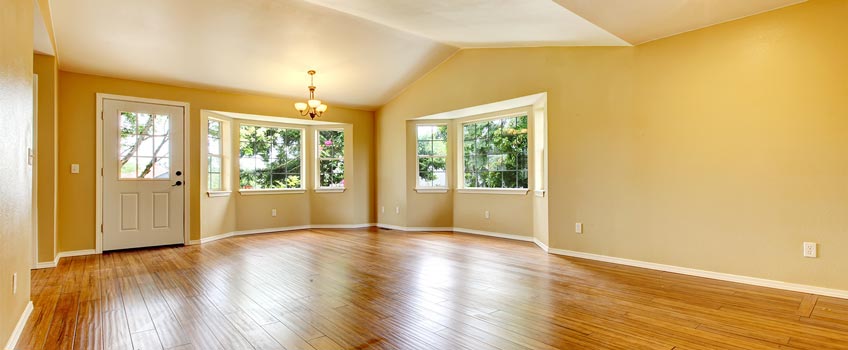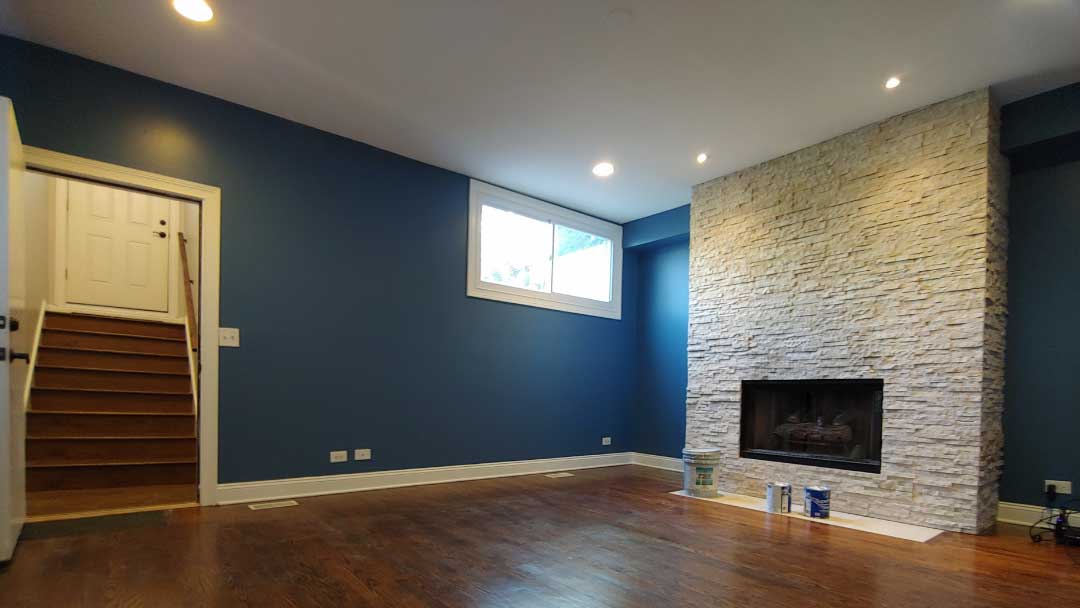Lakewood Interior Painting: Transform Your Home with Expert Painters and Services
Lakewood Interior Painting: Transform Your Home with Expert Painters and Services
Blog Article
Enhance Your Interior Decoration With Comprehensive Color Appointment
The assimilation of shade examination into interior style offers a distinct opportunity to improve and boost the psychological and aesthetic resonance of a room. By engaging with a seasoned shade consultant, you can browse the intricacies of color selection, making certain that your options not only enhance building functions but additionally resonate with individual design and psychological impact.
Advantages of Color Appointment

Moreover, color consultation aids in optimizing natural light and enhancing spatial assumption. Lighter hues can make a room show up more expansive, while darker shades produce an intimate setting. Cleveland Metro Painting Specialists. This calculated application of shade can dramatically influence the overall ambiance of any interior area
Furthermore, professional specialists possess an extensive understanding of ageless classics and present patterns, making sure that the selected colors will remain appealing in time. This foresight can save clients from costly redesigns in the future. Color consultation encourages customers by offering them with a clear vision and direction, fostering self-confidence in their style choices and ultimately leading to an extra gratifying and successful indoor design end result.
Comprehending Color Psychology
The value of color psychology in interior decoration can not be overstated, as it looks into the emotional and emotional impacts that various tones can stimulate in people. Shades can affect state of mind, habits, and also productivity, making them a critical consideration in any type of layout task.
For circumstances, warm colors such as red, orange, and yellow are often connected with energy and warmth. They can promote sensations of excitement and convenience, making them ideal for social spaces like living kitchens or areas. Alternatively, trendy colors like blue, eco-friendly, and purple have a tendency to stimulate peace and harmony, making them ideal for rooms or meditation areas.
Additionally, using neutral tones can create a balanced setting by permitting the bolder colors to stand out without overwhelming the senses. Recognizing these mental effects allows developers to create spaces that not just look cosmetically pleasing but likewise advertise psychological wellness.
Including color psychology into indoor layout entails a thoughtful selection of shades customized to the designated feature of each room, ultimately enhancing the total experience for its residents. This understanding is essential for achieving a functional and harmonious interior setting.
The Color Wheel Clarified
Comprehending the relationships between shades is essential for effective interior decoration, and the color wheel works as a beneficial device in this process. The color wheel, developed by Isaac Newton in the 17th century, illustrates the range of shades prepared in a round layout. It makes up key shades-- red, blue, and yellow-- that can not be produced by mixing other shades. Secondary colors, developed by incorporating primaries, include green, orange, and purple. Tertiary shades result from blending a primary and a secondary shade, leading to colors such as red-orange and blue.
The color wheel aids developers understand the connections between shades, consisting of complementary, comparable, and triadic plans. Complementary colors, positioned opposite each other on the wheel, develop dynamic contrasts that can energize an area. Comparable shades, located beside one another, offer a cohesive and harmonious look. Triadic plans use 3 uniformly spaced shades, supplying equilibrium and visual interest.
Utilizing the color wheel in indoor design not just enhances aesthetic appeal yet additionally evokes specific feelings and atmospheres, making it a crucial reference for shade assessment. Comprehending these connections ultimately empowers developers to create spaces that are both visually exciting and functional.
Choosing the Right Palette
Commonly, picking the appropriate combination is a definitive variable in achieving an effective interior decoration task. A well-chosen Recommended Site shade plan can merge an area, improve its functions, and stimulate wanted emotions. To begin, take into consideration the objective of the space. Various spaces serve different features and call for schemes that mirror their desired usage; for example, tranquil colors such as soft blues or eco-friendlies work well in bedrooms, advertising leisure.
Light can substantially change exactly how colors appear, so it is necessary to analyze the space at different times of the day. A harmonious palette ought to complement these features, producing a cohesive appearance throughout the space.
When picking shades, use the 60-30-10 rule, which recommends that 60% of the space must be a dominant shade, 30% a secondary shade, and 10% an accent color. This proportion guarantees equilibrium and visual passion (Cleveland Metro Painting Specialists). Finally, example colors on the wall surfaces prior to dedicating, as this permits you to see how the tones communicate with each other Visit Website and the general ambiance they produce in your indoor design job.
Dealing With a Color Specialist

When functioning with a shade professional, the procedure typically starts with a first appointment. Throughout this conference, you'll review your vision, choices, and the existing components in your area. The expert will evaluate your requirements and may advise details shade combinations that line up with your goals.
After establishing an instructions, the expert will provide samples and visual help to aid you imagine the suggested color design. This action is important, as colors can appear in different ways under differing illumination conditions.
In addition, a shade specialist can direct you in selecting corresponding home furnishings, artwork, and devices to balance with your chosen scheme. By working together closely, you can achieve a polished aesthetic that boosts your interiors and creates a welcoming atmosphere. Inevitably, the know-how of a color consultant can dramatically improve the total effect of your design job.
Conclusion
In recap, extensive shade assessment acts as a crucial device for improving interior decoration. By leveraging specialist expertise of color psychology and spatial characteristics, a tailored color scheme can be established to stimulate specific feelings and create an unified setting. This tactical strategy not only cultivates a natural design narrative yet additionally minimizes the risk of costly redesigns. Inevitably, engaging with a color professional guarantees a notified and cosmetically pleasing outcome, raising the total experience of the room.
By involving with a skilled shade consultant, you can navigate the complexities of color choice, making sure that your selections not just enhance building attributes yet additionally reverberate with personal style and psychological impact. It comprises primary colors-- red, blue, and yellow-- that can not be created web by blending various other colors.The color wheel assists designers understand the connections between colors, including corresponding, similar, and triadic schemes.When picking shades, make use of the 60-30-10 policy, which recommends that 60% of the area ought to be a dominant shade, 30% a secondary shade, and 10% an accent shade. By leveraging professional understanding of color psychology and spatial characteristics, a customized shade palette can be established to stimulate particular emotions and create an unified atmosphere.
Report this page